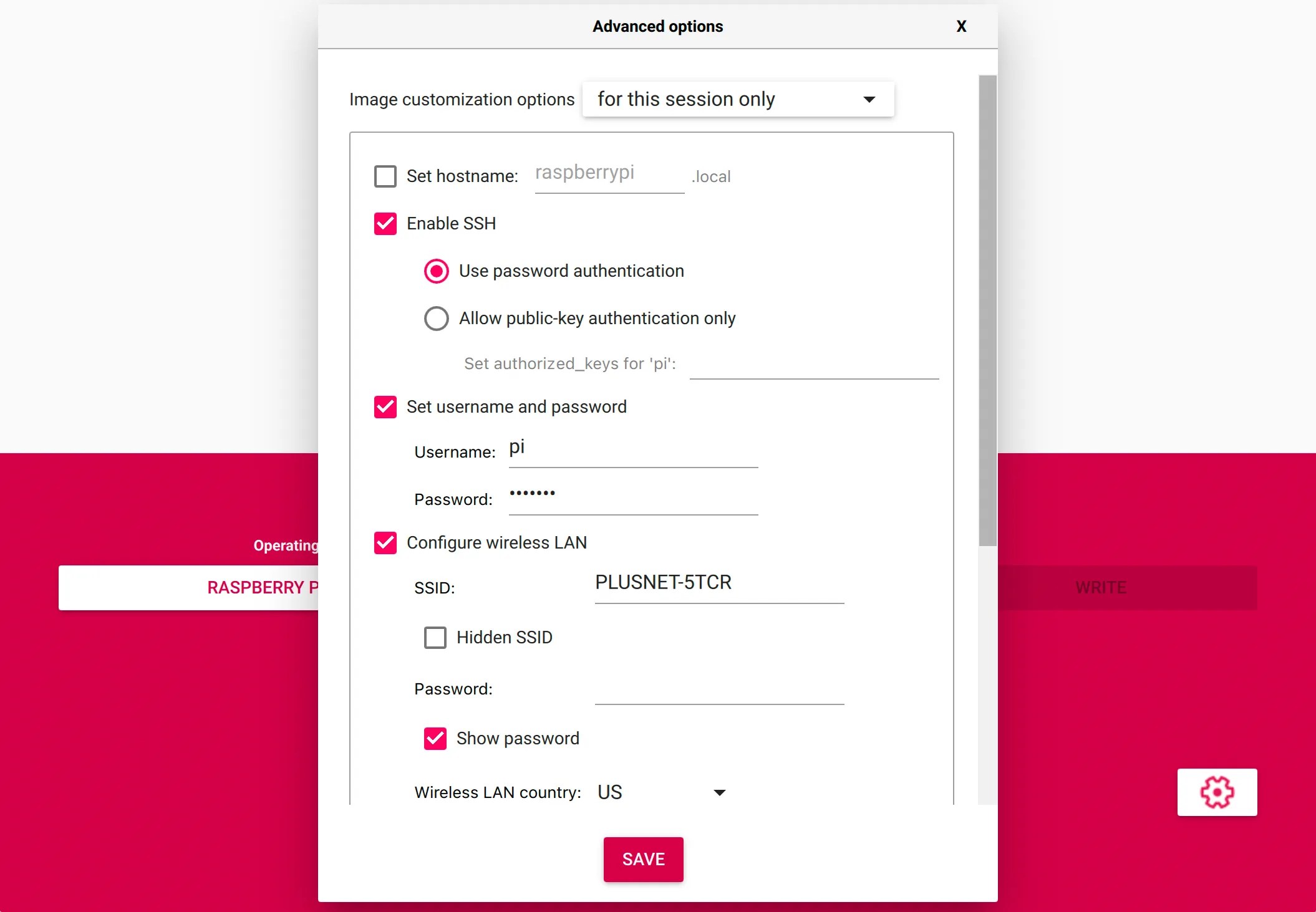Fixing Remote SSH Raspberry Pi Behind Firewall Not Working After Windows Update
Remote SSH Raspberry Pi behind firewall not working after Windows update can be a frustrating issue for users who rely on seamless connectivity for their projects. Whether you are managing IoT devices, running a home server, or experimenting with coding, losing access to your Raspberry Pi can bring your workflow to a standstill. Many users report this issue after a Windows update, which may interfere with network settings, firewall configurations, or SSH protocols. Understanding the root cause is essential to restoring access and ensuring uninterrupted functionality.
Windows updates often introduce changes to security policies, network settings, or even default firewall configurations, which can inadvertently block SSH connections. If your Raspberry Pi is behind a firewall, the problem becomes more complex. Firewalls are designed to protect your network, but they can also restrict legitimate traffic if not configured properly. This issue is not uncommon, and users often find themselves troubleshooting multiple layers of configurations to regain access to their devices.
Fortunately, there are practical solutions to resolve this issue. By systematically addressing potential causes—such as firewall rules, SSH service status, and network configurations—you can restore access to your Raspberry Pi. In this article, we’ll guide you through the process step by step, ensuring that you can reconnect to your device and avoid similar issues in the future. Whether you are a beginner or an experienced user, these insights will help you overcome the challenge and optimize your setup.
Read also:Exploring The World Of Downloadhub 4k Unveiling The Ultimate Movie Platform
- What Causes Remote SSH Raspberry Pi Behind Firewall Not Working After Windows Update?
- How to Check if SSH is Enabled on Your Raspberry Pi?
- Why is Your Firewall Blocking SSH Connections?
- Step-by-Step Guide to Fixing SSH Issues
- Can Port Forwarding Solve Your SSH Problem?
- Essential Tips for Securing Your SSH Connection
- How to Configure Windows Firewall for SSH Access?
- Is Your Router Causing the Problem?
- Tools and Resources for Troubleshooting
- Frequently Asked Questions About SSH and Firewall Issues
What Causes Remote SSH Raspberry Pi Behind Firewall Not Working After Windows Update?
Windows updates are designed to enhance security and performance, but they can sometimes disrupt existing configurations. One common issue is the modification of firewall rules, which can block SSH traffic to your Raspberry Pi. Additionally, updates may change network settings or disable certain services that are critical for remote connections. Understanding these potential causes is the first step toward resolving the issue.
Another factor could be the SSH service itself. If the service is not running on your Raspberry Pi, remote connections will fail regardless of firewall settings. This issue can arise if the SSH service was stopped during the update or if there was a misconfiguration in the Pi’s operating system. Checking the status of the SSH service is a crucial troubleshooting step.
Finally, the problem may stem from your router or network configuration. If port forwarding rules are not set up correctly, the firewall may block incoming SSH connections. This is especially true if your Raspberry Pi is behind a NAT (Network Address Translation) firewall. Identifying the specific cause will help you implement the right solution.
How to Check if SSH is Enabled on Your Raspberry Pi?
Before diving into firewall configurations, it’s important to verify that SSH is enabled on your Raspberry Pi. You can do this by accessing the Pi directly or through a local network connection. Here’s how:
- Connect a monitor and keyboard to your Raspberry Pi and log in.
- Open the terminal and type
sudo systemctl status ssh. If the service is active, you’ll see a message indicating that SSH is running. - If SSH is not enabled, you can start it by running
sudo systemctl start sshand enable it to start on boot withsudo systemctl enable ssh.
Alternatively, you can check the SSH status using the Raspberry Pi configuration tool:
- Type
sudo raspi-configin the terminal. - Navigate to "Interfacing Options" and select "SSH."
- Choose "Yes" to enable SSH if it’s not already active.
Ensuring that SSH is enabled is a fundamental step in resolving remote SSH Raspberry Pi behind firewall not working after Windows issues.
Read also:
Why is Your Firewall Blocking SSH Connections?
Firewalls are designed to protect your network from unauthorized access, but they can sometimes block legitimate traffic, such as SSH connections to your Raspberry Pi. This is especially true if your firewall rules are too restrictive or if they were modified during a Windows update. Understanding why this happens can help you adjust your settings appropriately.
One common reason is that the default SSH port (port 22) may be blocked by the firewall. Windows updates can reset firewall rules, causing previously allowed ports to be blocked. To check if this is the case, you can review your firewall settings and ensure that port 22 is open for incoming and outgoing traffic.
Another possibility is that the firewall is configured to block specific IP addresses or ranges. If your Raspberry Pi’s IP address falls within a blocked range, you’ll need to update the firewall rules to allow traffic from that address. This step is crucial for resolving remote SSH Raspberry Pi behind firewall not working after Windows issues.
Step-by-Step Guide to Fixing SSH Issues
If you’re experiencing remote SSH Raspberry Pi behind firewall not working after Windows problems, follow these steps to troubleshoot and resolve the issue:
- Verify that SSH is enabled on your Raspberry Pi (as outlined in the previous section).
- Check your Windows firewall settings and ensure that port 22 is open for SSH traffic.
- Test the connection using a different network to rule out router or ISP issues.
- Review your router’s port forwarding settings and ensure that traffic on port 22 is directed to your Raspberry Pi’s IP address.
- Restart both your Raspberry Pi and your router to refresh network configurations.
By following these steps, you can systematically address potential causes and restore SSH access to your Raspberry Pi.
Can Port Forwarding Solve Your SSH Problem?
Port forwarding is a common solution for remote SSH Raspberry Pi behind firewall not working after Windows issues. By configuring your router to forward traffic on port 22 to your Raspberry Pi’s IP address, you can ensure that SSH connections are not blocked by the firewall. Here’s how to set it up:
- Access your router’s admin panel by entering its IP address in a web browser.
- Navigate to the port forwarding section and create a new rule.
- Specify port 22 as the external and internal port, and enter your Raspberry Pi’s IP address.
- Save the changes and test the SSH connection.
Port forwarding can be an effective way to resolve SSH issues, but it’s important to secure your setup to prevent unauthorized access.
Essential Tips for Securing Your SSH Connection
While resolving remote SSH Raspberry Pi behind firewall not working after Windows issues, it’s important to prioritize security. Here are some tips to protect your SSH connection:
- Change the default SSH port from 22 to a non-standard port to reduce the risk of brute-force attacks.
- Use strong passwords or, better yet, set up SSH key authentication for added security.
- Limit SSH access to specific IP addresses by configuring firewall rules.
- Regularly update your Raspberry Pi’s operating system and SSH software to patch vulnerabilities.
By implementing these measures, you can ensure that your SSH connection remains secure and reliable.
How to Configure Windows Firewall for SSH Access?
If your Windows firewall is blocking SSH connections, you can configure it to allow traffic on port 22. Here’s how:
- Open the Windows Defender Firewall settings from the Control Panel.
- Click on "Advanced Settings" and navigate to "Inbound Rules."
- Create a new rule and select "Port" as the rule type.
- Specify port 22 and allow the connection.
- Apply the rule and test your SSH connection.
This process ensures that your firewall does not interfere with remote SSH Raspberry Pi behind firewall not working after Windows issues.
Is Your Router Causing the Problem?
In some cases, your router may be the culprit behind remote SSH Raspberry Pi behind firewall not working after Windows issues. Routers often have built-in firewalls or security features that can block SSH traffic. To determine if this is the case, try connecting to your Raspberry Pi from a different network or disabling the router’s firewall temporarily.
If the router is indeed the problem, you can adjust its settings to allow SSH traffic. This may involve configuring port forwarding, disabling certain security features, or updating the router’s firmware. Addressing router-related issues is essential for restoring SSH access.
Tools and Resources for Troubleshooting
When dealing with remote SSH Raspberry Pi behind firewall not working after Windows issues, having the right tools can make a big difference. Here are some resources to help you troubleshoot:
- Putty: A popular SSH client for Windows that allows you to test connections.
- Wireshark: A network analysis tool that can help you identify blocked traffic.
- Online Port Checkers: Websites that verify if specific ports are open and accessible.
- Raspberry Pi Documentation: Official guides and forums for troubleshooting SSH issues.
These tools can provide valuable insights and help you resolve connectivity problems efficiently.
Frequently Asked Questions About SSH and Firewall Issues
Why is my Raspberry Pi not accessible after a Windows update?
A Windows update may modify firewall rules or network settings, blocking SSH connections to your Raspberry Pi.
How can I check if SSH is enabled on my Raspberry Pi?
You can verify SSH status by running sudo systemctl status ssh in the terminal or using the Raspberry Pi configuration tool.
What should I do if port forwarding doesn’t work?
Ensure that your router’s firewall is not blocking traffic, and verify that the correct IP address and port are configured.
Is it safe to change the default SSH port?
Yes, changing the default port can enhance security by reducing the risk of unauthorized access.
By addressing these common questions, you can gain a better understanding of remote SSH Raspberry Pi behind firewall not working after Windows issues and how to resolve them effectively.
Article Recommendations

